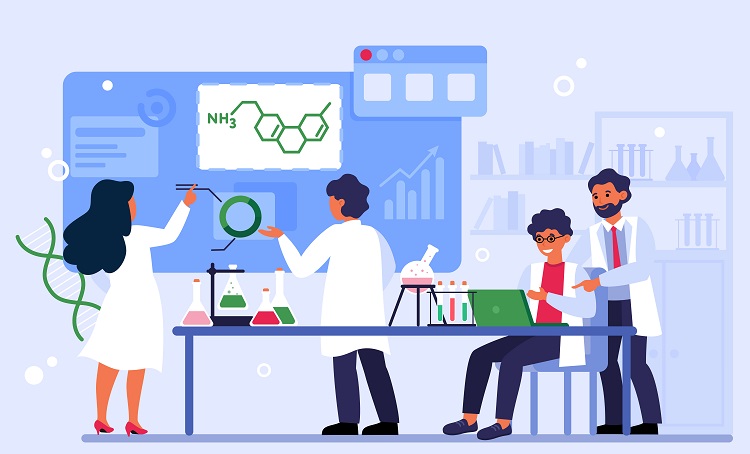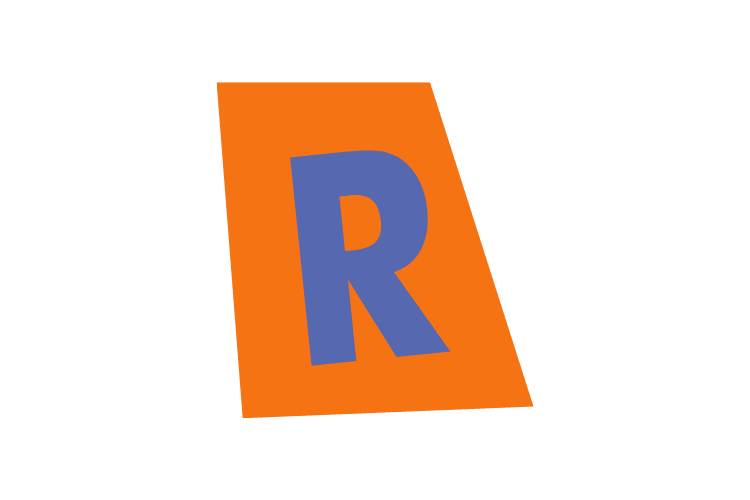Neuroeducation (also known as Educational neuroscience) is a relatively new field in neuroscience, psychology, and education, bringing several different disciplines together to study the connection between learning and biology.
Here are the most interesting neuroeducation stats, facts, and figures this 2024.
Table of Contents
ToggleGeneral Neuroeducation Stats and Facts 2024
What is Neuroeducation? When was this field of research begun? What has neuroeducation discovered?
Let’s take a look at the answers to these questions and more with some of the most interesting general neuroeducation stats and facts:
- Neuroeducation was spearheaded in 1988 by the Psychophysiology and Education Special Interest Group
- The need for neuroeducation arose in order to find a practicable solution for implementing scientific discovery in education and learning
- Neuroeducation researchers investigate the neural mechanisms of reading, numerical cognition, and attention, as well as their corresponding difficulties, including dyslexia, dyscalculia, and ADHD, as relating to education
- Neuroeducation has proven the ‘Left Brain and Right Brain’ theory to be a myth
- Neuroeducation has proven the ‘Male Brain and Female Brain’ theory to be a myth
- Researchers in Neuroeducation discovered that the brain has a ‘plasticity’ that it carries throughout life. The brain changes as we learn, and the more we keep our mind active, the less likely we are to get dementia in old age
- Neuroeducation discovered ‘mirror neurons’ which fire in our brains simply when we observe someone else go through something painful, joyous, embarrassing, or scary (i.e., we experience those feelings too, as if for ourselves)
- Both nature and nurture affect the learning brain, not just one or the other
- Neuroeducation researchers have discovered the signs in the brain which indicate someone will have educational and developmental difficulties, such as dyslexia or dyscalculia
- Neuroeducation discovered that the hippocampus is responsible for much of our memory-making but closes off this function when we’re faced with a lot of stress or adrenaline, such as in “fight or flight” situations
- Memorizing and learning are not the same things; learning involves deep patterning within the brain tissue, whereas memorizing is all about the short-term recall
Influence of Neuroeducation Stats 2024

The whole point of Neuroeducation is to transfer the scientific findings of academic and medical study to the practical application of education. In other words, it is key for the field of neuroeducation that it can have a positive influence on the world around it.
Here’s a look at how it has, or may yet still, do this:
- The discovery that the brain has mechanisms for self-regulation may in time allow us to better understand how to influence the brain so that we can exert greater self-control. This would be beneficial to teachers and other educators both within and without the classroom
- It has been determined that education remains the most important and effective means of cognitive enhancement, way ahead of the ability of drugs or technology to help us advance our intelligence
- Neuroeducation actually helps to inform adaptive learning technologies (such as any technologies employing or seeking to employ A)
- Recognizing the signs in infant brains of dyslexia and dyscalculia may, in time help us to tackle and correct these conditions
- Social and emotional intelligence is critical to the social development of children in education, and neuroeducation seeks to better understand this for the sake of enabling greater emotional intelligence in future generations
- Attention is a key component in any student’s ability to retain education, and neuroeducation seeks to better understand this for the sake of enabling greater attention levels in future generations
- Neuroeducation has proven the importance of sleep to the retention and consolidation of memory, which might inform better sleep behaviors in the general public and thus increase our collective powers of recall
- Research has found that variety is key to learning. The brain craves variety and learns better for it. Influenced by these neuroeducation stats, teachers are now teaching in a range of unique ways or asking students to solve a problem using multiple methods, not just memorizing a single way to do so
- Physical health is intrinsically linked to intelligence and our ability to learn, says neuroeducation, informing us that the best ways to improve our cognitive abilities include sleeping well, eating healthily, and exercising
You might be interested to check those related posts as well:
- 20+ Stats About Backlinks and Link Building [2023]
- 25+ Important Mental Health Stats 2024 [for Awareness]
- 28 Leadership Stats 2024 [about Business and the Workplace]
Conclusion
Neuroeducation, or Educational neuroscience, has been around for 34 years and, in that time, has made some incredible breakthroughs with regard to the brain’s relation to education.
Thanks to Neuroeducation, we are better equipped to learn and retain information.





